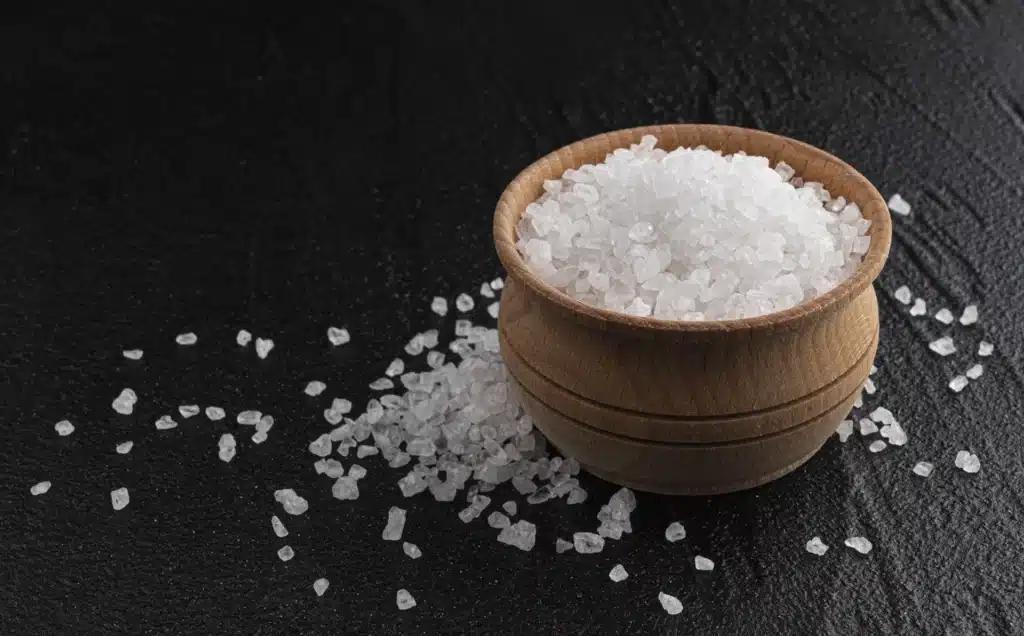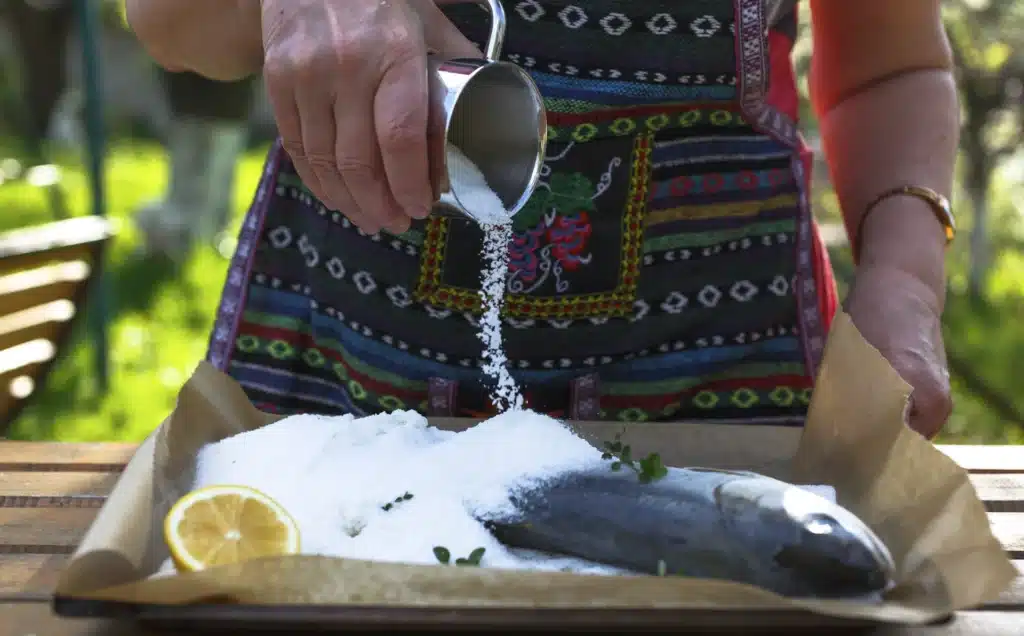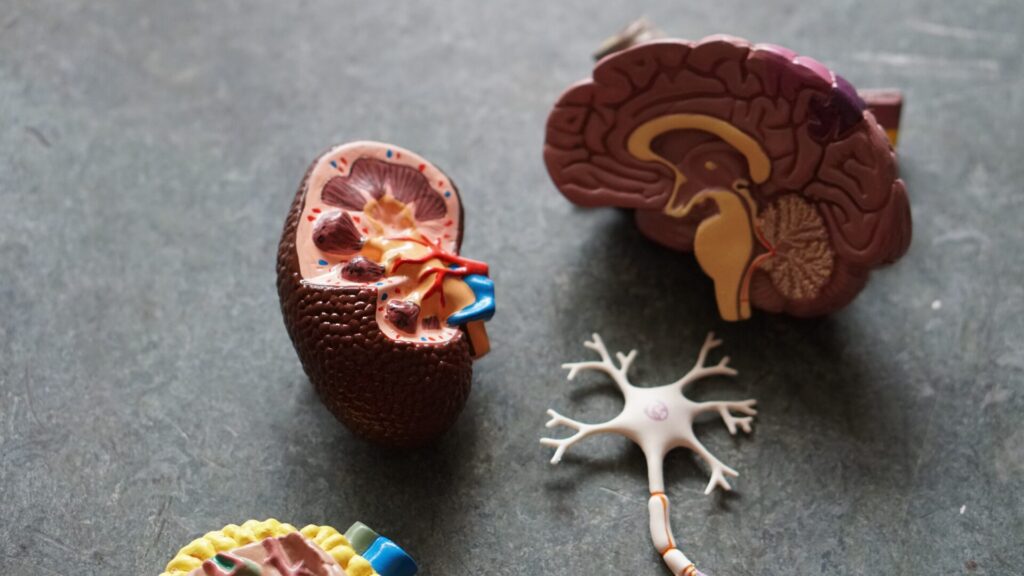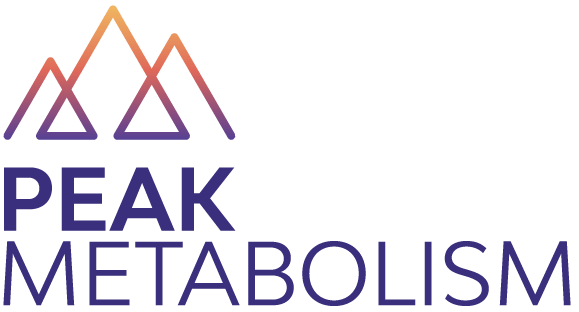
While salt often faces criticism and prompts the question, ‘Is salt bad for you?’ it remains an essential nutrient for our bodies. Achieving the right balance is key; both excessive and insufficient salt intake can lead to adverse health outcomes. In this article, we delve into the science behind salt consumption, debunking myths and outlining the optimal balance for health and well-being.
Is sea salt healthier than table salt?
Sea salt is often touted as better for your health than regular table salt, but what are the fundamental differences? In terms of sodium levels, they’re much the same, but the way they’re processed does result in some nutritional variations.
Table salt usually comes from deposits underground that go through a process that removes other minerals. The only real plus to table salt is that it often contains iodine, a substance vital to thyroid health that’s added to the salt. Sea salt is what’s left after the evaporation of water from the ocean or saltwater lakes. It doesn’t go through the same processing as table salt, so trace amounts of minerals remain.
As to whether salt is bad for you, it’s important to understand that having some sodium in your diet is essential for healthy cell function. The problem is that modern diets contain such large quantities of salt that you’re likely to be getting too much sodium. This can lead to hypertension (high blood pressure), which causes strokes, heart failure, kidney problems, loss of sight, and other serious health conditions. These effects are often compounded by a lack of potassium in the diet.
To gain further insights into hypertension and what triggers it, we invite you to explore our detailed article: “What are the triggers to developing high blood pressure?“. Understanding these factors can empower you to make informed decisions for your heart health.

Why is there so much salt in our diets?
Salt has been a prized commodity for millennia, to the extent it was used as a form of currency. With the advent of industrialised mining, it became possible to harvest far greater quantities of salt, so its value fell – but at the same time, demand increased. Over the last 100 years, salt has become almost ubiquitous in processed foods and snacks, including deserts and sweet treats, where you might not think there would be a need for salt.
In cooking, salt doesn’t just add flavour, it brings out the flavour of other ingredients, too, so with its new availability, it started to appear in everything. As the demand for ever-more convenient foodstuffs grew, so did salt consumption, albeit that most people were unaware they were consuming it in such large quantities.
At the time, in the early 20th century, there was little understanding of the harmful effects on human health of high-salt diets. Early research into salt-restricted diets for patients with hypertension produced unimpressive results, helping only about 25% of patients. By 1944, the evidence supporting a low-salt diet was so insubstantial that it was rarely employed as a hypertension treatment. Furthermore, very low-salt diets had been proven to have significant adverse effects on health.
As time passed, newer research uncovered the true relationship between sodium – the active element in salt – and health. There was an increased understanding of the important role sodium plays in the body and the consequences of not keeping salt intake at the level required for good health. As the evidence came to light, people were advised to limit or avoid adding salt to their cooking or at the table, which has become routinely accepted – even if it’s not always adhered to.
However, the increase in consumption of ready meals, snacks, and other processed foods over the latter half of the 20th century meant that even people who had cut down on using salt themselves were still taking in high amounts via packaged foodstuffs. This problem is still very much with us, considering that 75% of the dietary salt in developed countries comes from processed foods.

What is the Korean Paradox?
The Korean Paradox is a phenomenon that potentially casts doubt on the association between salt and cardiovascular disease. Daily salt intake in Korean adults is significantly higher than recommended levels, mainly due to the types of foods prevalent in the Korean diet, which contain a high proportion of fermented, high-salt ingredients.
Additionally, a study highlighted that, despite its high salt content, the consumption of kimchi, a traditional fermented food in Korea, is not associated with an increased prevalence of hypertension. It’s postulated that high potassium intake from foods like kimchi may help neutralize the effect of high sodium intake on blood pressure levels. Therefore, the types of food consumed, along with the kind of salt, could play a crucial role in this paradox.
How much salt is too much, and is salt bad for you?
So what is the right amount of salt? In the United States, there’s a simple recommendation to limit sodium intake to 2,300 milligrams a day (2.3 grams), which is about one teaspoonful of salt. UK guidelines advise a similar maximum of 2.4g sodium for adults per day, but break it down further to include children. From 1 to 3, children should have no more than 0.8g sodium, from 4 to 6 no more than 1.2g sodium, and from 7 to 10, no more than 2g sodium. Infants should have no more than 1g of salt per day because their kidneys haven’t developed the capacity to process it properly.
That’s the upper limit, but remember, you do need some sodium in your diet. If your intake is too low, it could affect heart function and actually increase your risk of cardiovascular disease. Another factor to consider is your genes. On the one hand, scarcity of salt in human evolution has led to the genetic development of mechanisms that encourage sodium retention. On the other, some people may have genes that increase their susceptibility to the effects of excess sodium in the diet. It’s also possible that your genes give you a taste for salty foods.
Bearing in mind the apparent anomaly of the Korean Paradox, the point where salt intake truly becomes excessive may be much higher. But that’s likely to be linked to a high potassium intake, the unrefined forms of salt used, and the overall balance of foods in the Korean diet.
There’s little danger of facing a sodium deficiency unless you’re on a very strict low-sodium diet. It’s far more likely that your sodium intake is too high due to the issues discussed above. If you do need to use salt at home, sea salt offers the possible benefit of additional mineral supplementation that might make it a better choice than table salt.
For daily health hacks, science-backed nutrition tips, and a supportive community that understands the journey towards a healthier lifestyle, follow us on Instagram @peakmetabolism. Share your health journey, connect with others, and stay at the peak of your health and well-being. If you have any questions or need further information, do not hesitate to reach out to us through our contact page. Let’s navigate the path to better health together.







